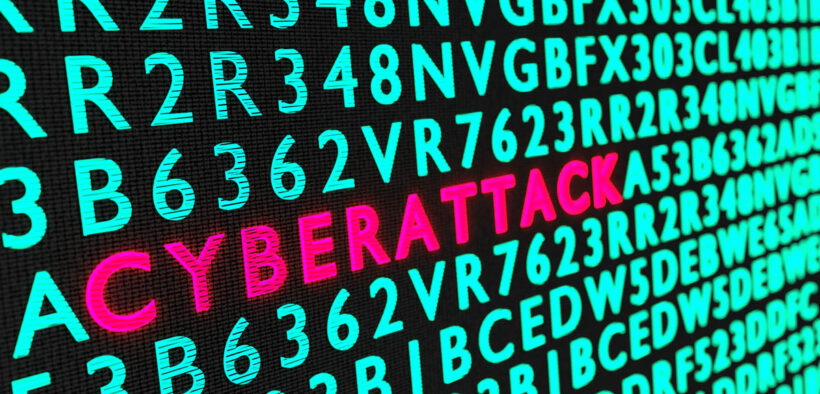Inside a cyberattack: Anatomy of a silent invasion

Cybercrime is no longer just a threat — it’s a critical risk impacting companies of every size and industry. The scale is staggering: According to FortiGuard Labs, Fortinet’s threat intelligence and research division, Puerto Rico recorded 154.3 billion attempted cyberattacks in the first half of the year alone.
That makes it the third most targeted territory in the region, which accounts for 25% of global threat detections.
Phase 1: Reconnaissance and planning
Before a single line of malicious code is written, cybercriminals watch and analyze. During the reconnaissance phase, they map out exposed systems, identify vulnerable services and take note of the technologies organizations rely on.
With that intel, they begin planning. Phishing is often their first move, preying on human trust. AI now helps attackers craft alarmingly convincing emails — everything from fake vendor payment requests to seemingly internal security alerts.
In parallel, they may turn to “Initial Access Brokers” — wholesalers of illicit access — to buy stolen credentials previously harvested by malware. They also scan for unpatched vulnerabilities in internet-facing assets like web apps, VPNs, firewalls and IoT devices, launching mass attacks as soon as flaws are disclosed.
Phase 2: The silent infiltration
Once inside, the attacker behaves like a ghost — moving quietly through the system, avoiding detection and leaving little to no trace of their presence. Instead of installing suspicious software, they exploit legitimate system tools to move through the network unnoticed. They hop from machine to machine, steal passwords and disguise their presence as normal web traffic. This stealthy lateral movement can continue for weeks, all while the risk festers within the organization.
Phase 3: The treasure hunt
Their prize? Valuable data: login credentials, personal information and mission-critical files that can be used for fraud or extortion. Even internal metadata is a target, such as file creation timestamps, user activity logs or access patterns, as these details help attackers map out the organization’s structure and plan deeper, more targeted strikes.
To exfiltrate the information, they encrypt and split the data, using encrypted channels and blending it with legitimate traffic to avoid detection.
Early warning signs
Even stealthy attacks leave behind subtle clues. Unusual logins, the creation of new accounts, unexplained system changes or a sudden slowdown in device performance can all point to an ongoing breach.
Technical red flags include anomalous network traffic, file transfer spikes or suspicious commands flagged by endpoint detection and response (EDR) or security information and event management (SIEM) tools. If you’re seeing a ransomware message, the attack has already escalated. Early detection relies on unified telemetry — a security environment where all tools share data to spot threats before they escalate.
How to respond
The ideal response protocol is fast, structured and cross-functional. It begins long before the attack with clear policies, defined roles and regular incident simulations. When an intrusion occurs, the process moves through detection, containment, eradication and secure recovery.
Effectiveness hinges on automation, full network visibility, interdepartmental collaboration and real-time threat intelligence. A cyberattack can be more than a crisis — it can be a catalyst for organizational resilience.Modern defense strategy
The most effective approach today is to build a unified cybersecurity ecosystem — one where every component works together to detect, respond to and even prevent attacks before they happen. Investing in this kind of integration isn’t just smart — it’s essential for staying resilient in an era of evolving digital threats. Each system component must communicate and complement the others, creating a robust tech architecture that not only responds to threats but anticipates them.

Arturo Torres, Threat Intelligence director for Latin America and the Caribbean at FortiGuard Labs




